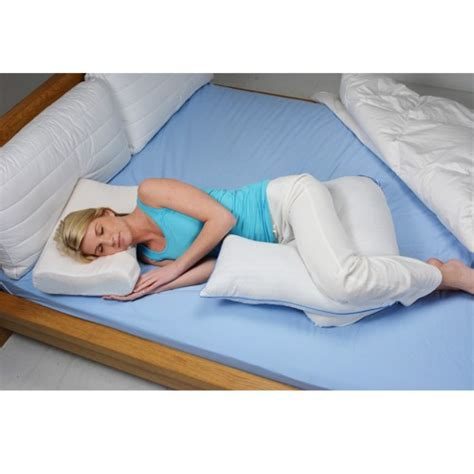Restless Leg Syndrome (RLS) is a neurological condition characterised by an uncontrollable urge to move the legs, often accompanied by uncomfortable sensations such as tingling, crawling, or aching. These symptoms typically worsen during periods of inactivity, particularly in the evening or at night, leading to disrupted sleep and decreased quality of life.
Understanding RLS
While the exact cause of RLS remains unclear, several factors have been associated with its onset, including:
• Iron deficiency
• Chronic conditions such as diabetes or kidney disease
• Certain medications
• Genetic predisposition
• Sedentary lifestyle
RLS is more prevalent among older adults and individuals with limited mobility.
The Role of Massage Therapy
Massage therapy has emerged as a complementary approach to managing RLS symptoms. A meta-analysis published in Frontiers in Psychiatry found that massage therapy significantly reduced RLS severity in hemodialysis patients, suggesting its broader applicability .
Benefits of massage for RLS include:
• Enhanced circulation: Massage stimulates blood flow, which can alleviate the uncomfortable sensations associated with RLS.
• Muscle relaxation: Targeted massage techniques can reduce muscle tension in the calves, hamstrings, and glutes.
• Nervous system regulation: Massage promotes a parasympathetic response, helping to calm the nervous system and reduce stress.
• Improved sleep quality: By alleviating RLS symptoms, massage can contribute to better sleep patterns.
Recommended massage techniques:
• Effleurage: Light, gliding strokes to warm up the muscles.
• Petrissage: Kneading movements to release muscle tension.
• Myofascial release: Gentle sustained pressure to release fascial restrictions.
• Trigger point therapy: Focused pressure on specific muscle knots to relieve pain.
Gentle Exercises and Stretches
Incorporating gentle exercises and stretches can further help manage RLS symptoms. The following seated exercises are suitable for individuals with limited mobility:
1. Seated Calf Stretch
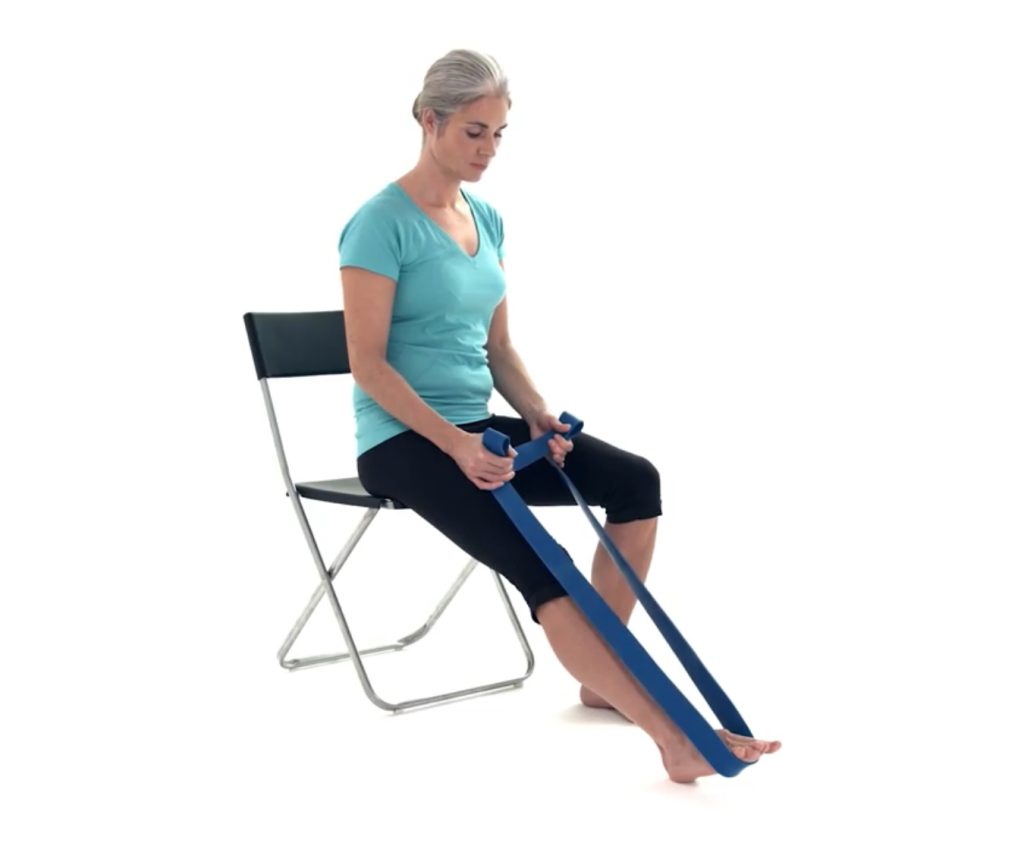
Sit on a chair with one leg extended forward, heel on the floor. Loop a towel or resistance band around the ball of your foot and gently pull towards you until a stretch is felt in the calf. Hold for 20–30 seconds.
2. Ankle Circles
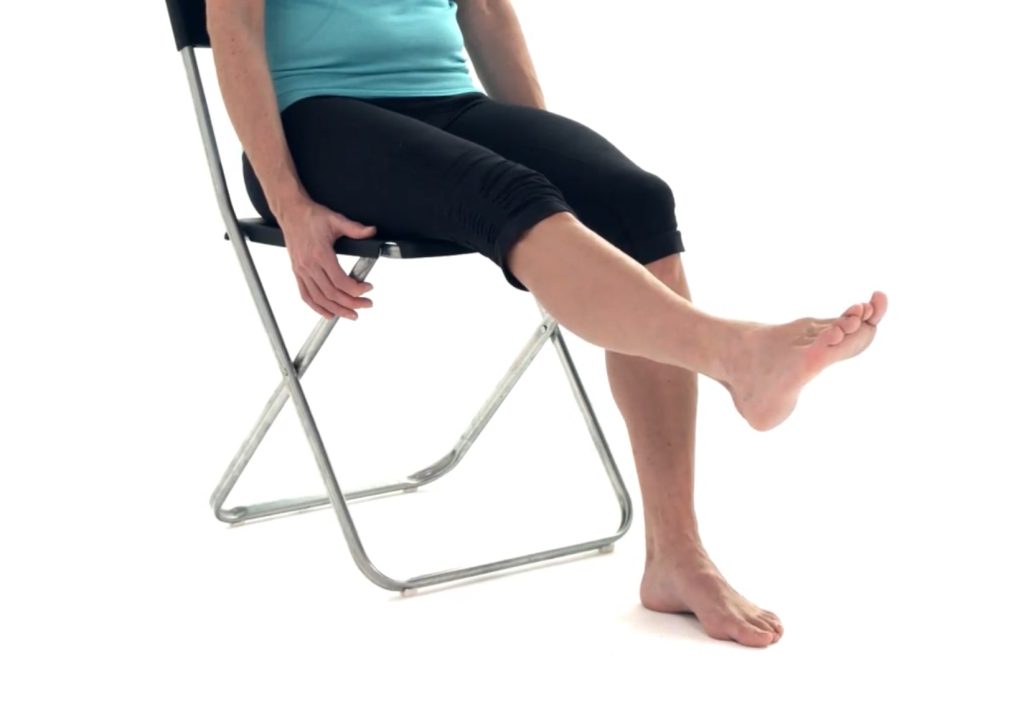
While seated, lift one foot off the floor and rotate the ankle clockwise and then counterclockwise. Perform 10 rotations in each direction.
3. Seated Hamstring Stretch
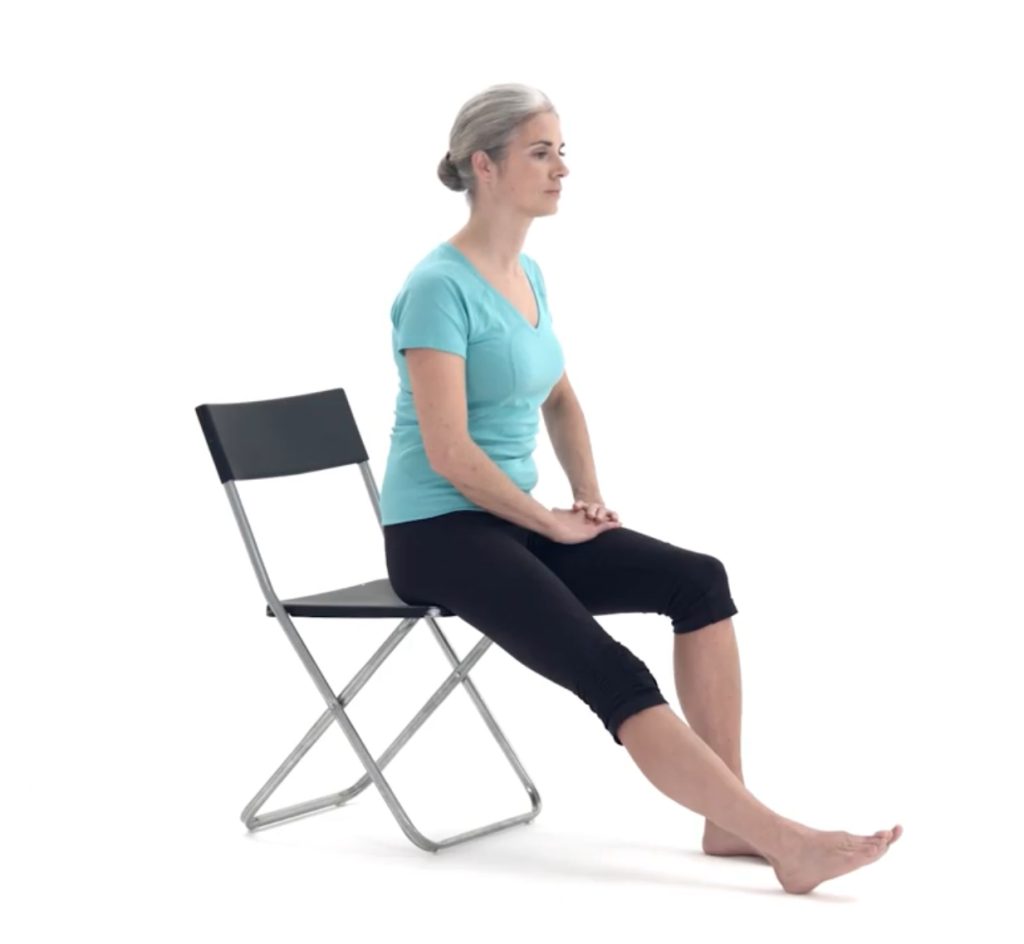
Sit near the edge of the chair, extend one leg forward with the heel on the floor, and gently lean forward from the hips until a stretch is felt in the back of the thigh. Hold for 20–30 seconds.
4. Seated Glute Activation
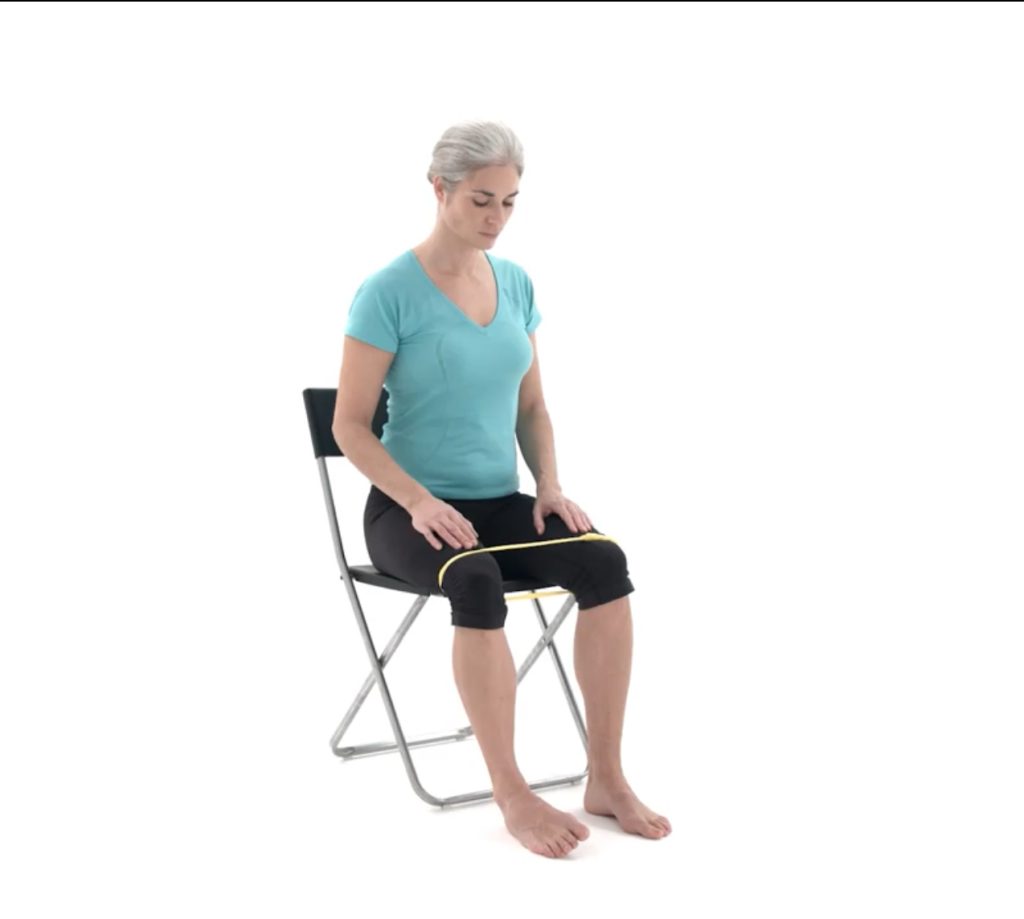
While seated, place a resistance band around your thighs just above the knees. Gently press your knees outward against the band, hold for a few seconds, and release. Repeat 10–15 times.
5. Legs Elevated Position

Lie down and elevate your legs using pillows or a footrest to promote blood flow and reduce swelling. Maintain this position for 10–15 minutes.
Regularly performing these exercises can help alleviate RLS symptoms and improve overall leg health.
Restless Leg Syndrome can significantly impact daily life, but incorporating massage therapy and gentle exercises into your routine may provide relief. Always consult with a healthcare professional before starting any new treatment regimen.
For personalised massage therapy sessions tailored to manage RLS symptoms, feel free to contact our clinic.
⸻

